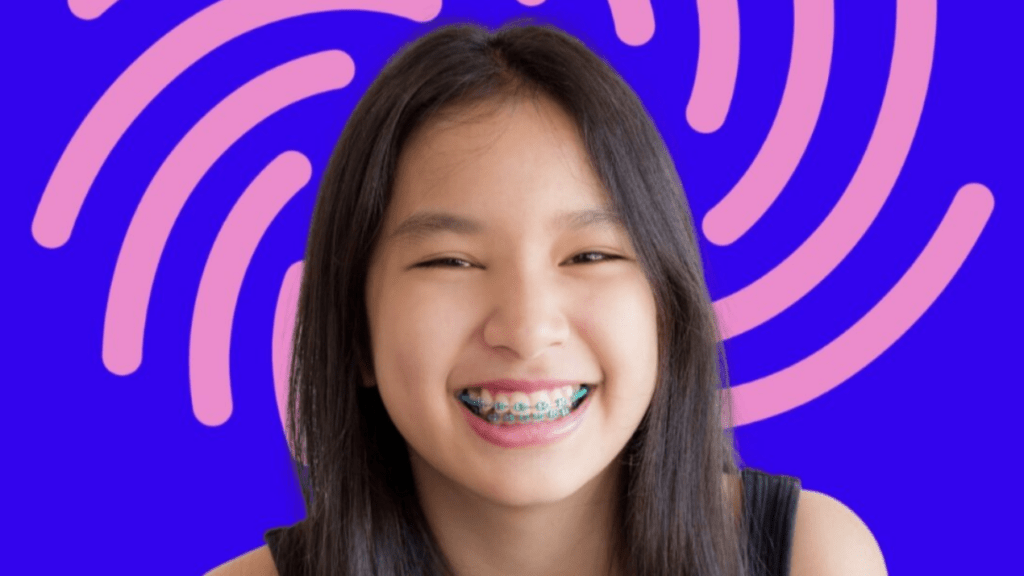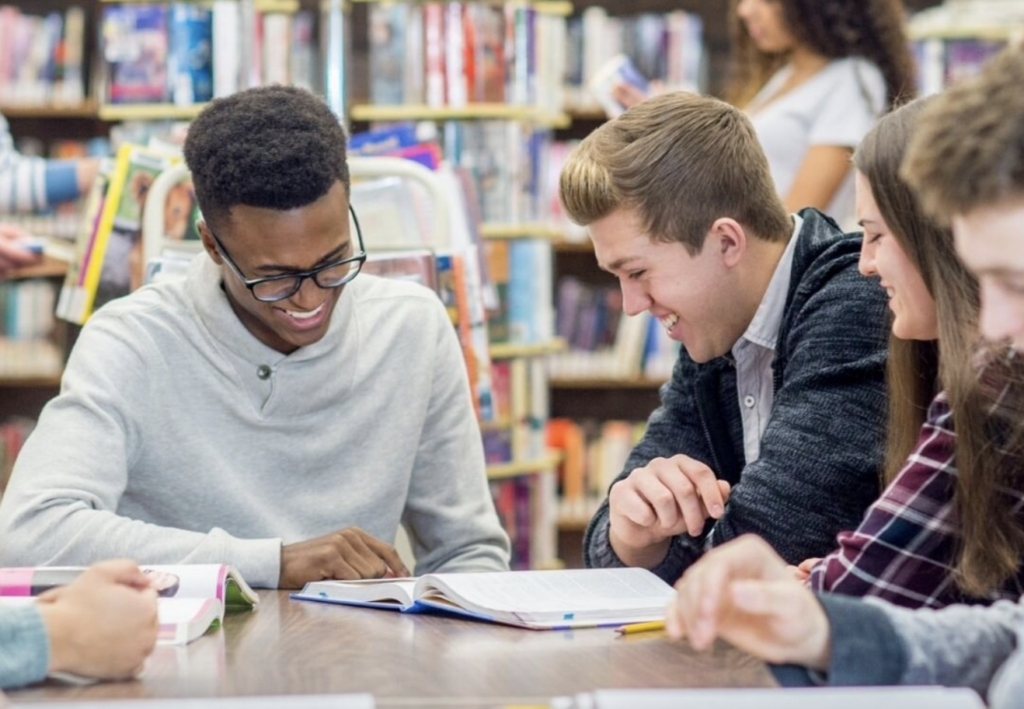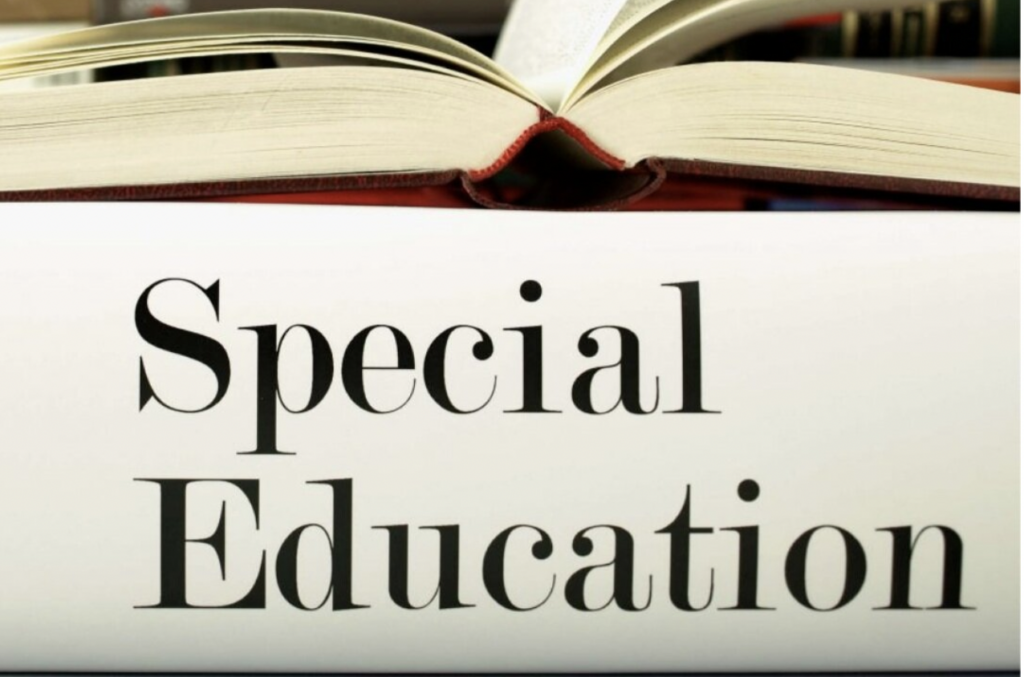
Social-emotional skills directly relate to students’ academic motivation and success. When students feel confident in their strengths and ability to improve, they are more likely to take academic risks. When they are able to positively interact with peers and teachers, they get even more out of their learning through opportunities for collaboration. In order to develop these skills, students need to learn what they are, what they look like, and why they’re important.
One of the most common barriers to students’ success is a lack of perseverance. Resorting to “I can’t do this” and “I give up” is common, especially in younger grades. If students don’t have the tools to develop perseverance skills, then this negative self-talk eventually becomes a habit. Here are the ways in which social-emotional learning (or a lack thereof) impacts a student’s academic success.
Perseverance:
Students learn perseverance through explicit teaching of strategies. The difference between students who stick it out longer, despite challenge, and those who don’t, is simply the mental strategies they’ve learned and developed. One of the most powerful of these strategies is turning negative self-talk into perseverance language. It’s also one of the hardest habits to build. It helps when a teacher tells a student that they are capable of working through a challenge. But students need to be taught to send themselves these message. They need to be given the language to use and the situations in which to use it.
Positive peer interaction:
Another common enemy of productive learning is conflict which arises from student collaboration. No matter how much thoughtful planning goes into their lessons, every teacher has been there: the class is working smoothly, and things are going well. All of a sudden, voice levels elevate in one area of the room. Despite the roles you assigned, the resources you provided, and your clear directions, you find yourself mediating an argument yet again. This isn’t your fault! The students have not developed the tools necessary for avoiding or solving this conflict on their own. This, too, can be taught. Just like with any skill, it needs to be modeled.
Modeling positive interactions is helpful, but modeling what to do and say when conflict arises is equally important. If students only learn what positive interactions look like, then when they find themselves in a conflict, they are suddenly in unknown territory. This is when an otherwise productive period of learning can derail.
While some adults aren’t huge fans of role playing, kids usually love it. With the help of students, brainstorm as many possible sources of potential conflict as you can. Then have some students periodically model what this conflict might look like and possible strategies to dissolve it without adult intervention. Strong SEL skills don’t prevent conflict from ever happening. But they do empower students to handle that conflict in positive and productive ways.




